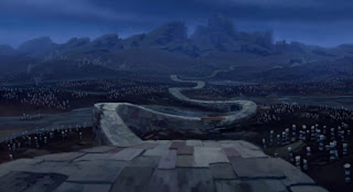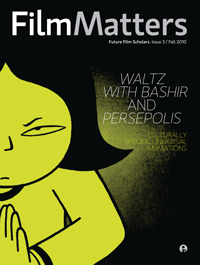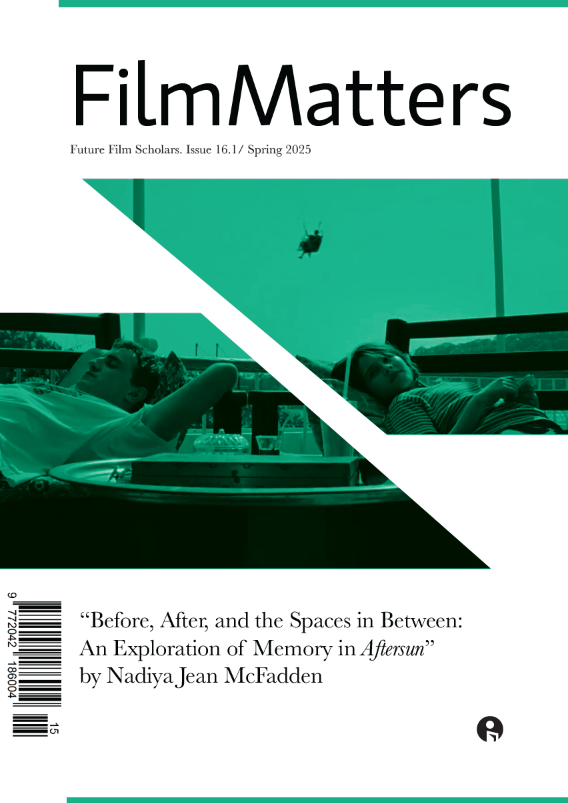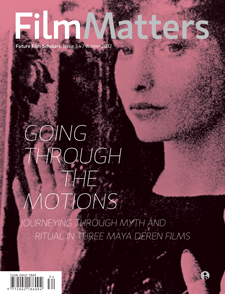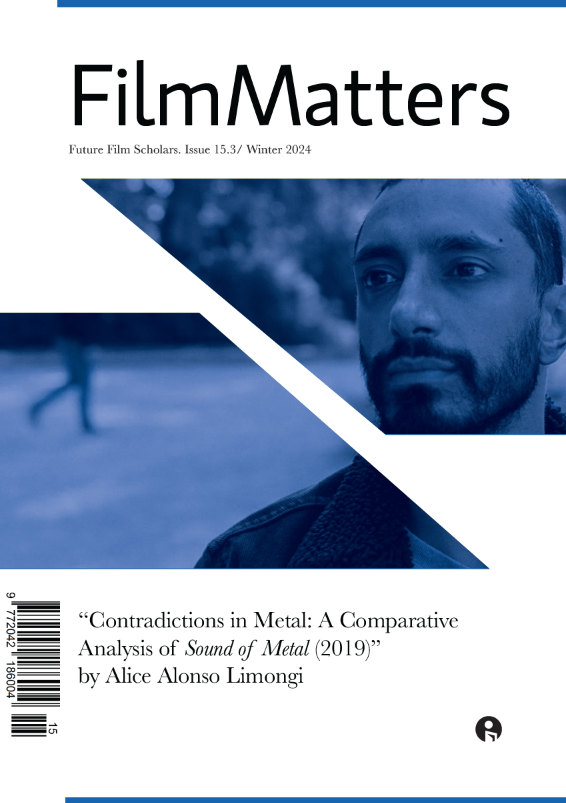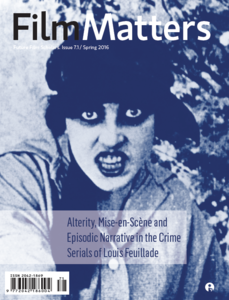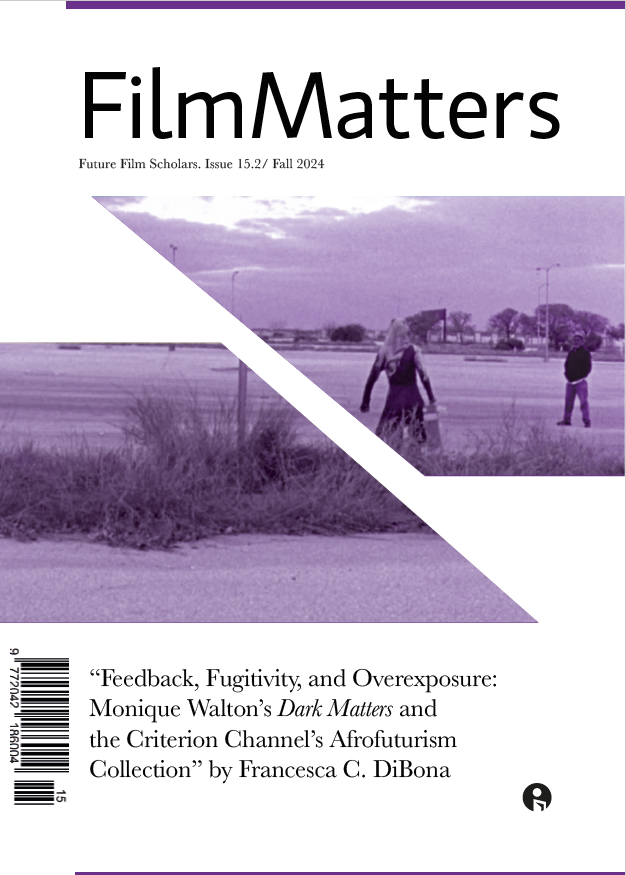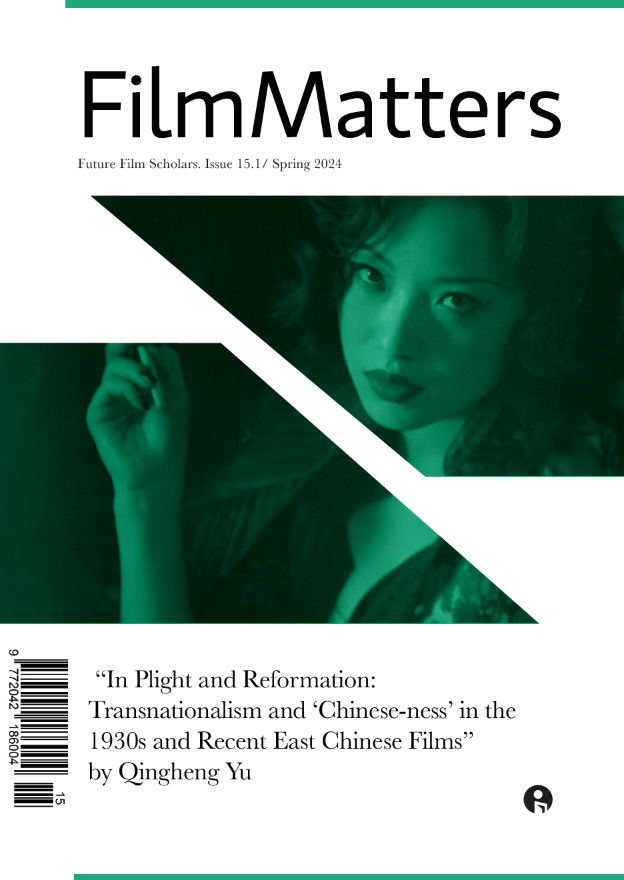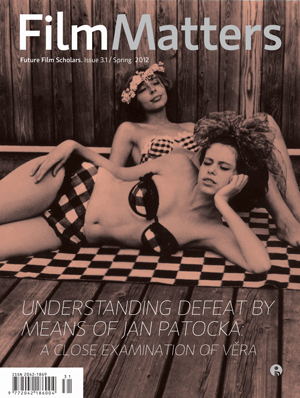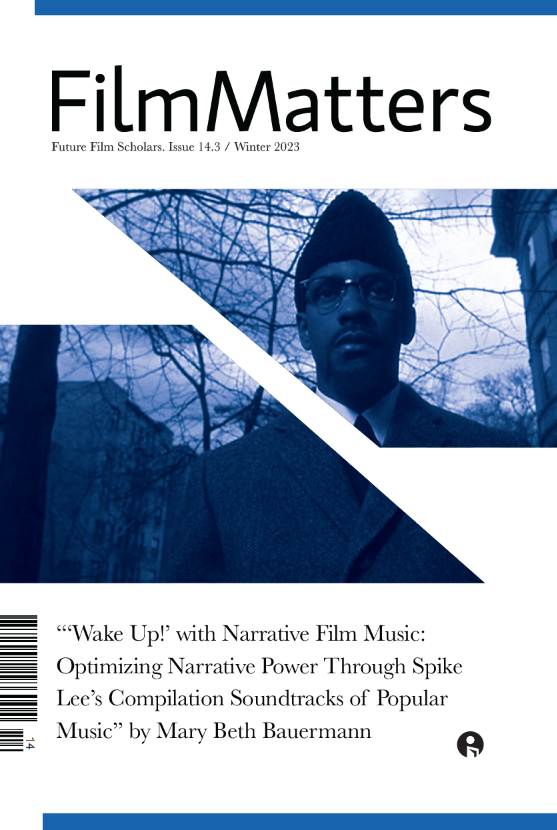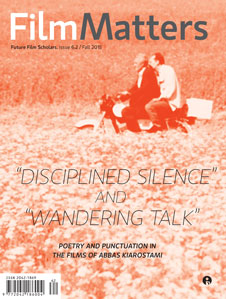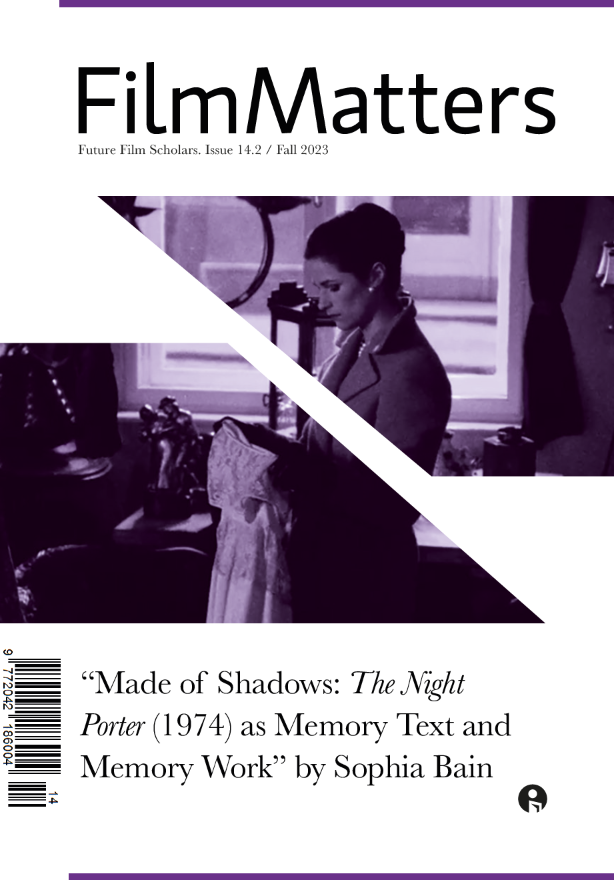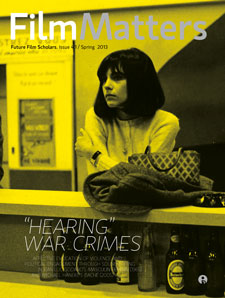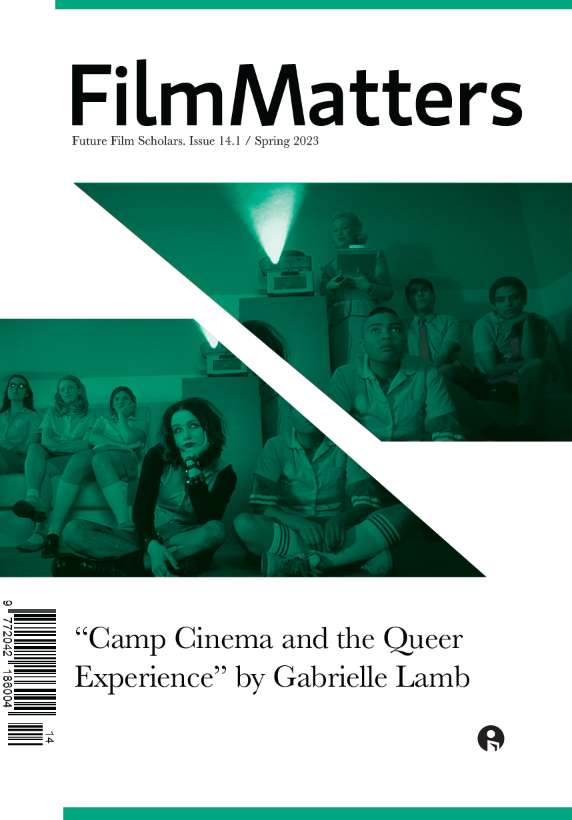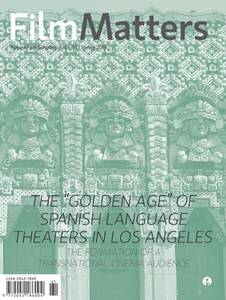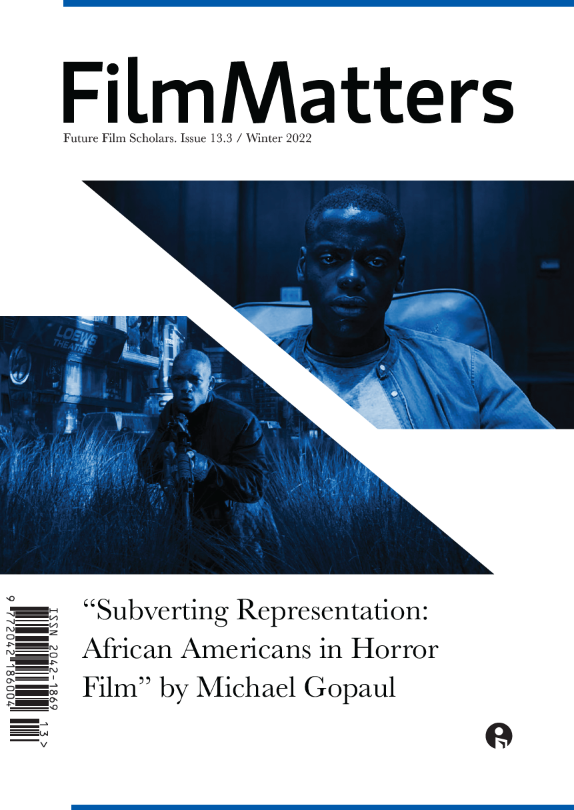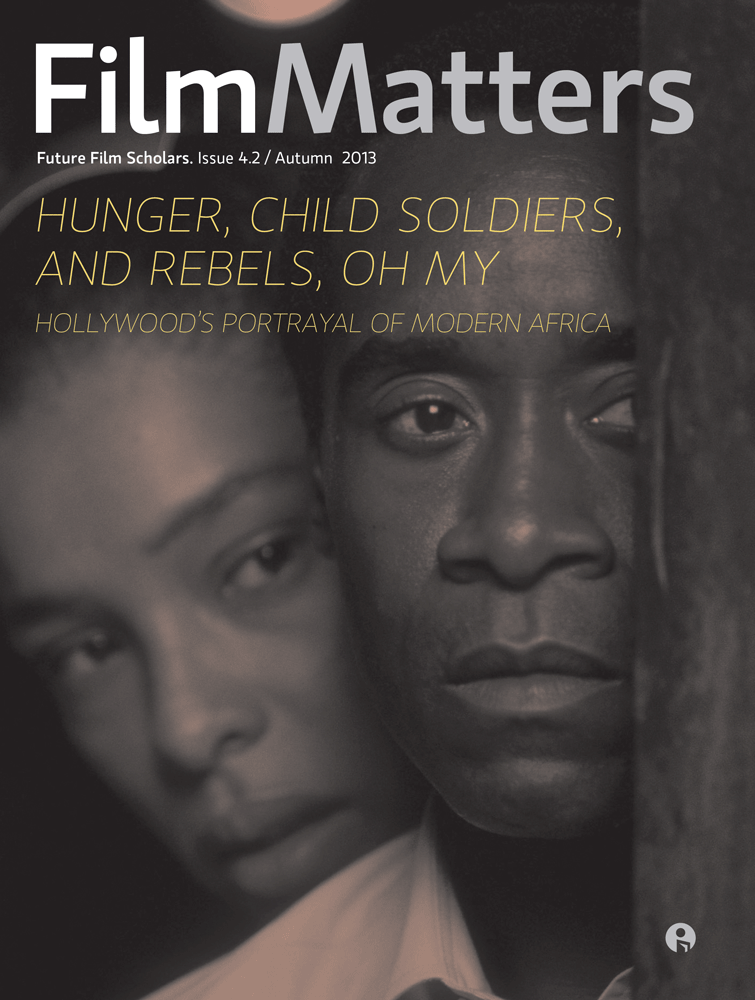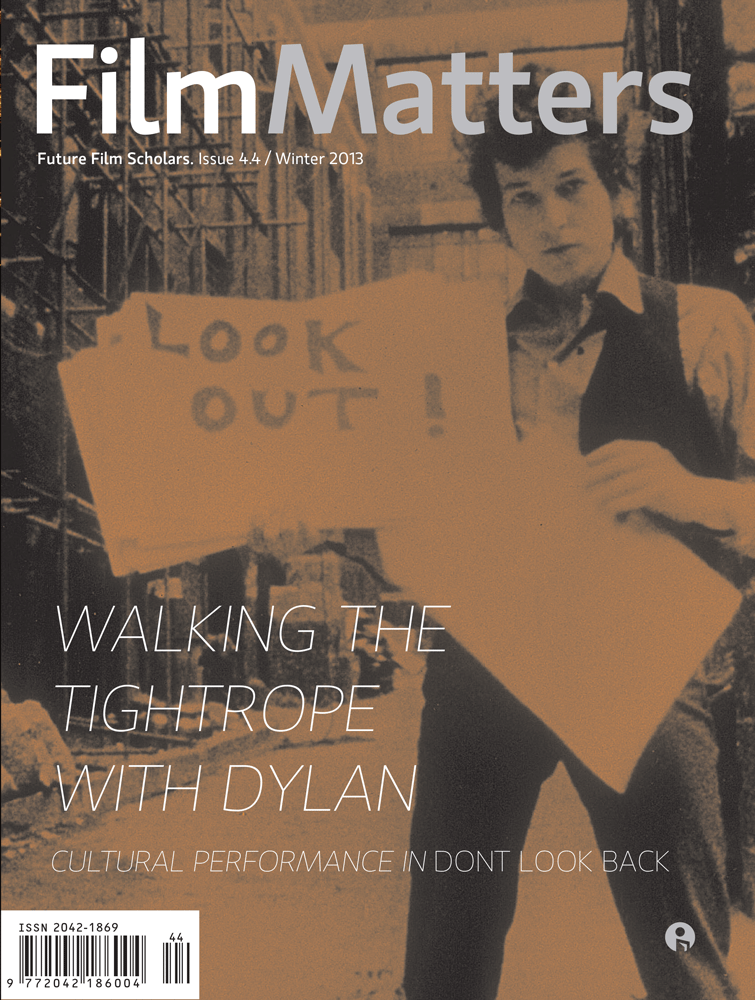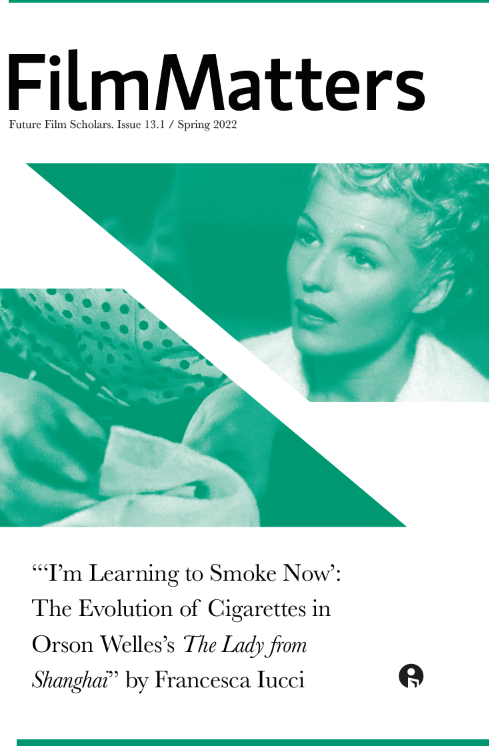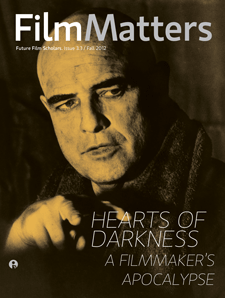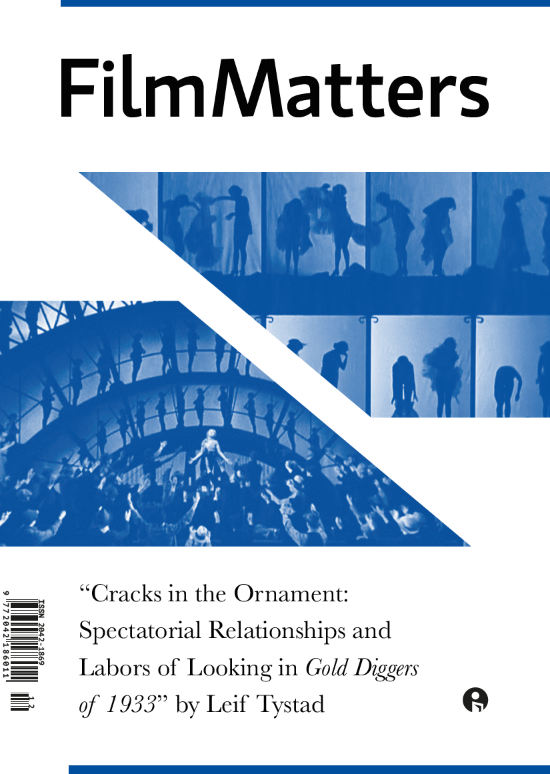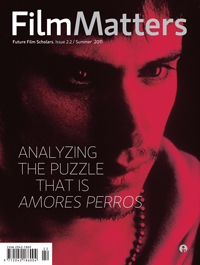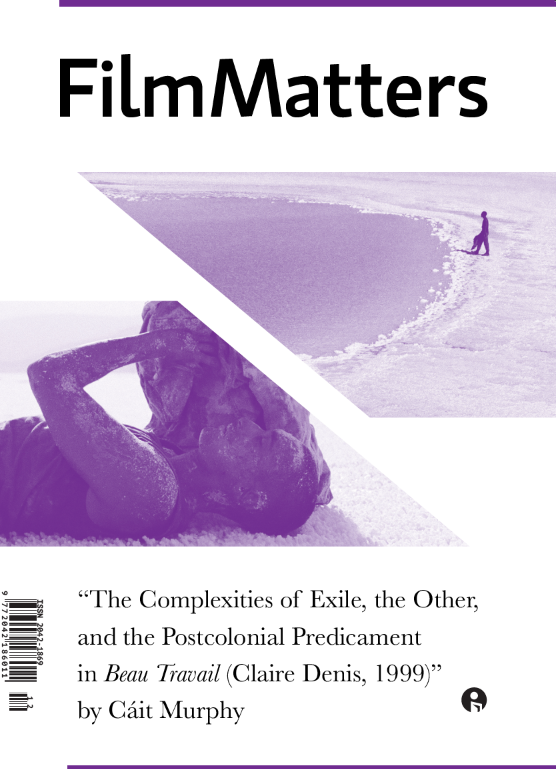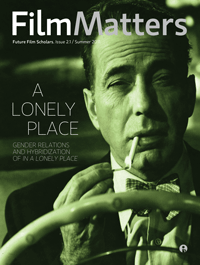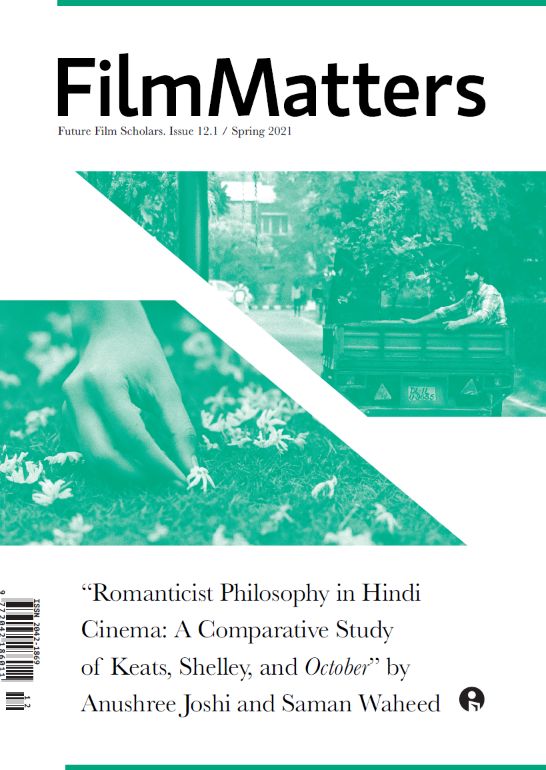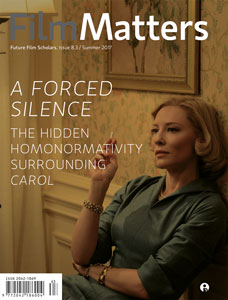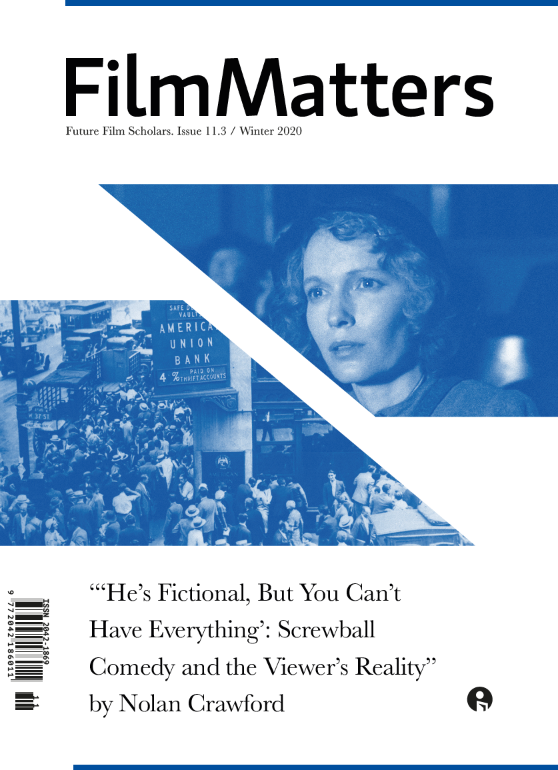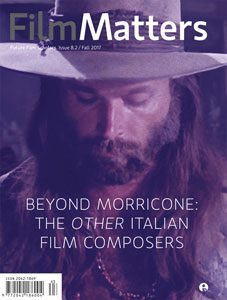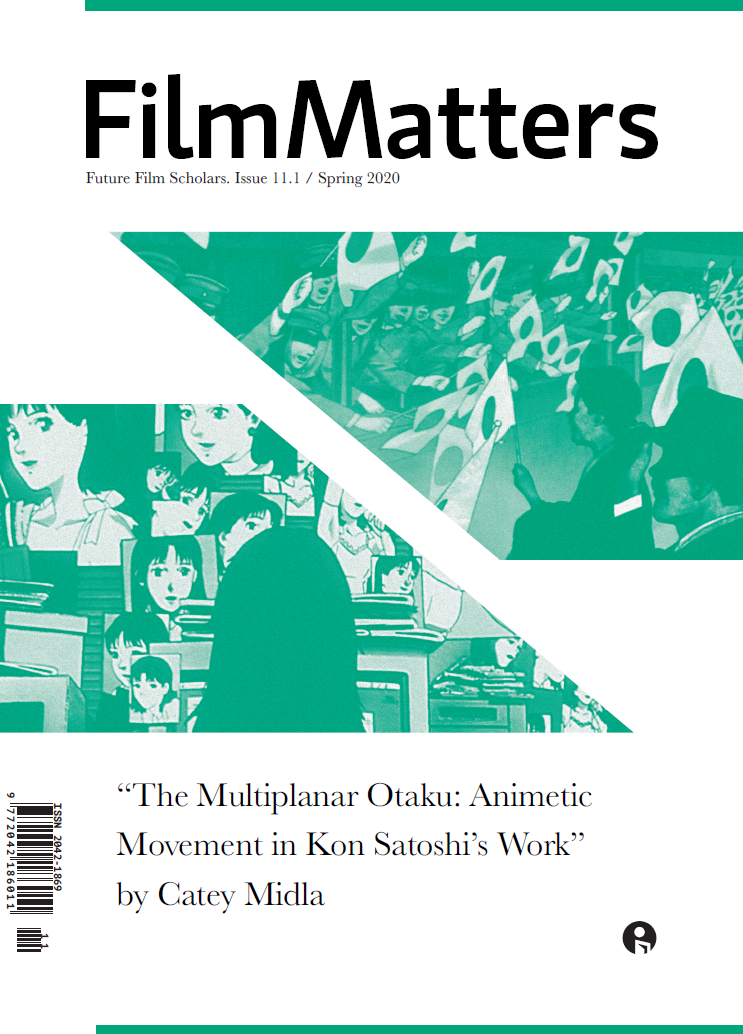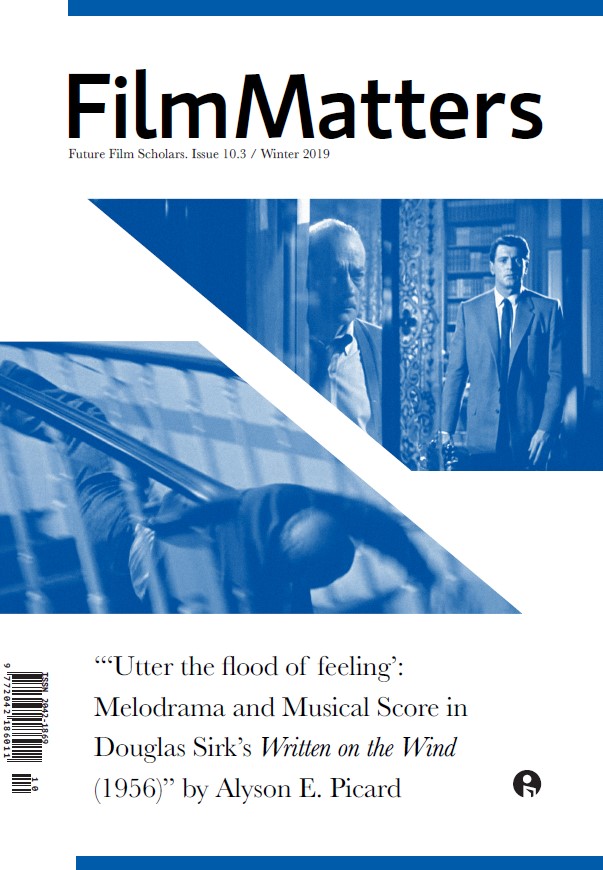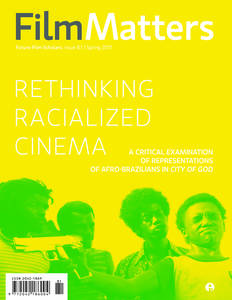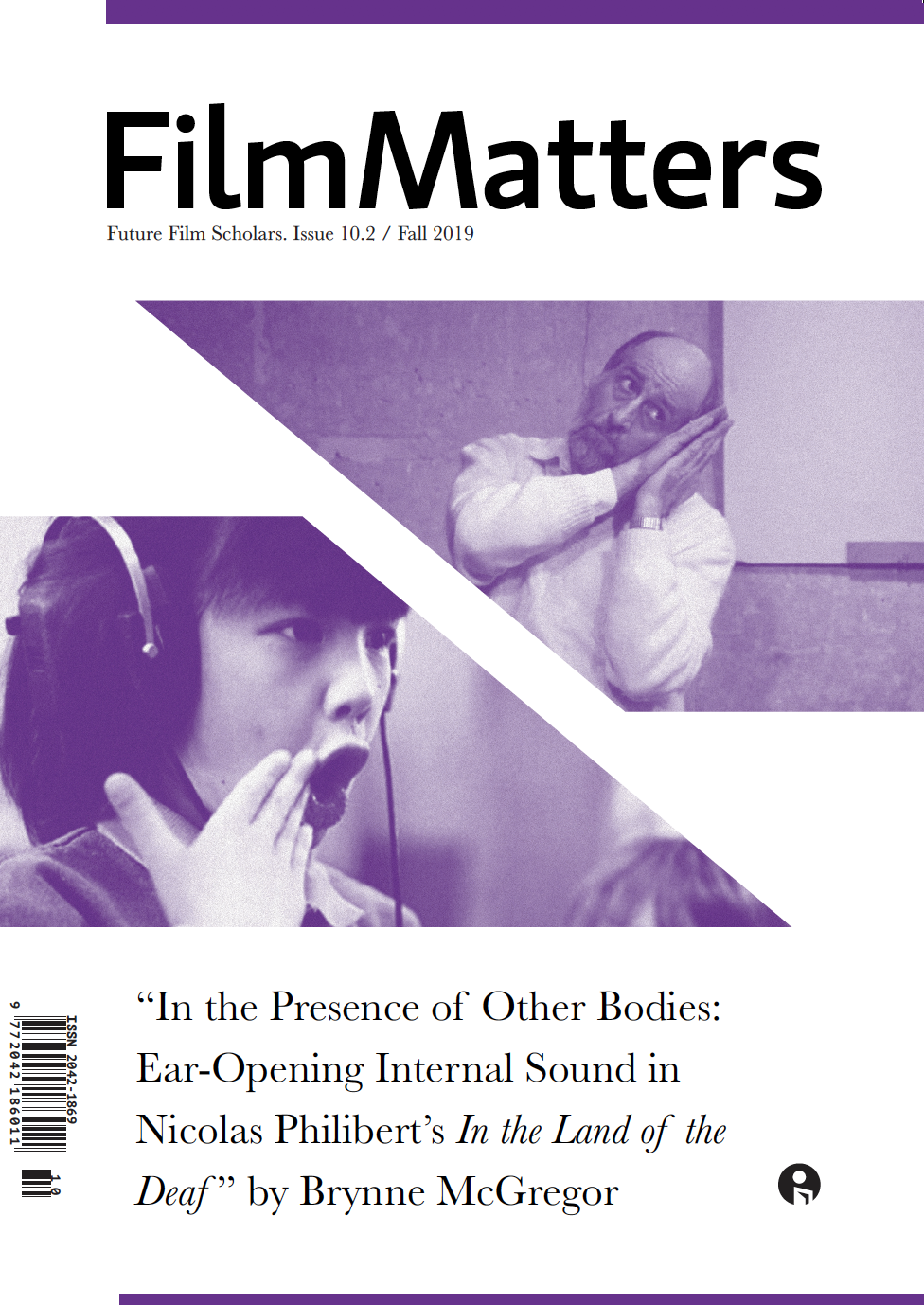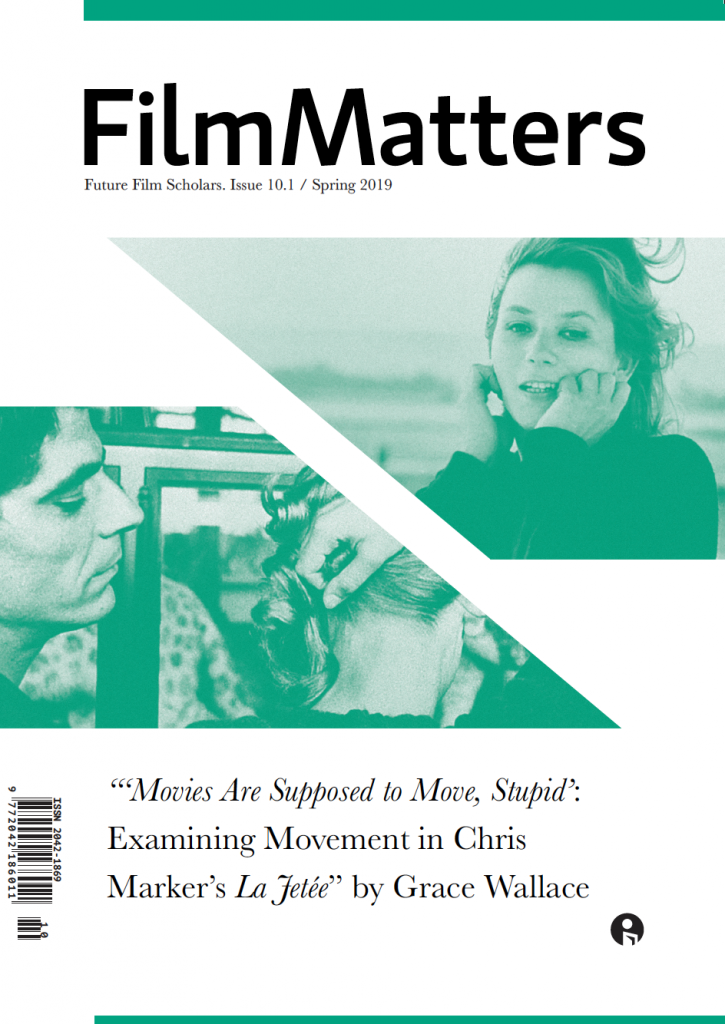I recently sat down to rewatch Chris Renaud’s 2012 animated adaptation of The Lorax. In the past 13 years I’ve seen the film more times than one might care to admit; something about the classic story paired with what I can only describe as musical genius has the unique ability to capture my full attention, watch after watch.
There’s nothing new about Ted’s desire to impress his crush, Audrey, that we see unfold over the 95-minute feature film. In fact, it adheres to the tropes characteristic of classical Hollywood cinema: guy gets girl while simultaneously fighting for the good of his city, both fulfilling his first-crush fantasy and delivering a higher quality of life to his brethren. This double causal structure and a star-studded cast reinforce what film theorist David Bordwell penned 40 years ago about what constitutes classical Hollywood cinema. In contrast to themes of individualism and the American Dream typical within Hollywood cinema, The Lorax reads as a nuanced critique of capitalism and illustrates its danger when gone unchecked.
The characters are fighting against the commodification of air, forcing the film’s protagonist to imagine a reality two generations detached from his own. At the film’s turning point, the people of Thneedville each add their own testimony in song, with that of Ted’s grandmother acting as a particularly powerful moment to bridge the generational gap: “I remember when trees were everywhere / And no one had to pay for air!” (The Lorax 1:17:09). To us, air is perhaps the most outlandish industry to commodify because of its abundance and absolute necessity for life. The reality is, though, that water has already been privatized and people pay to live in areas with lesser amounts of pollution. Such changes are recent and dramatic enough that people two generations apart, as Ted and his grandmother are, can have entirely different experiences.
It’s fitting that The Lorax’s villain takes the form of a corrupt businessman, a comment on how big business profits off of environmental degradation. In many ways this film is radical, much as Dr. Suess’s original children’s book was 50 years ago; from the 1980s to now the book is a sharp enough critique of the tenets of capitalism that it has repeatedly been banned.
In Reaud’s take on Thneedville, Taylor Swift plays Audrey, Ted’s love interest who ultimately inspires the restoration of the natural world. One of the most notorious individual polluters and one of the richest women in the world taking on this role adds an additional layer of nuance to the overarching theme of capitalism’s shortcomings. Her seemingly endless circuit of tours and private jet rides undoubtedly rivals the Onceler’s thneed enterprise, forcing me to question how different the two are?
Capitalism has the unique ability to corrupt everyone from the average Joe to entire systems. While classical Hollywood cinema traditionally embraced it, promoting a “pull yourself up by your bootstraps” mentality, Chris Renaud strays from tradition. The Lorax’s neat packaging as an animated film meant for children is rife with anticapitalist undercurrents, prompting audiences young and old to reconsider our relationships to the natural world. Whether the Onceler or Taylor acts as our tour guide, the legacy of Seuss’s book lives on.
Reference
The Lorax. Renaud, Chris, and Kyle Balda. Universal Pictures, 2012.
Author Biography
Madeleine “Maddie” Gill is a sophomore studying American & Indigenous Studies and Studio Art at Bard College in New York. Outside of her academics she spends her time painting, hosting watch parties, making zines, and DJing at her college’s radio station.

